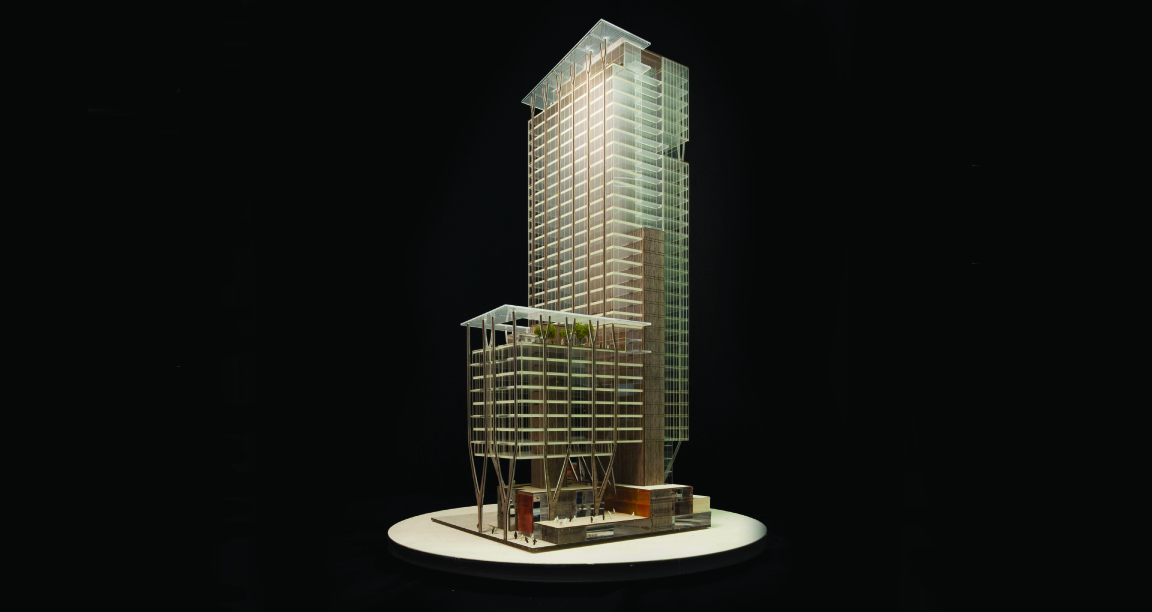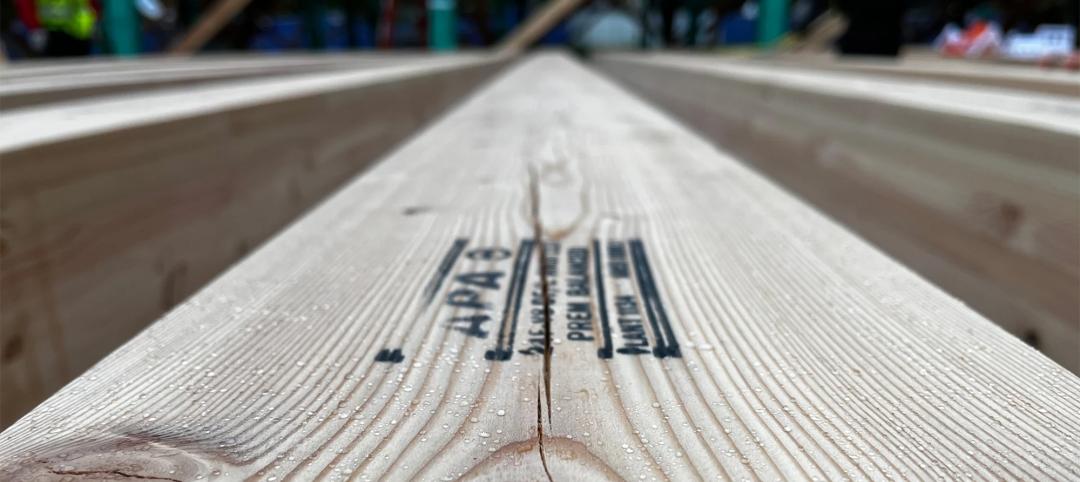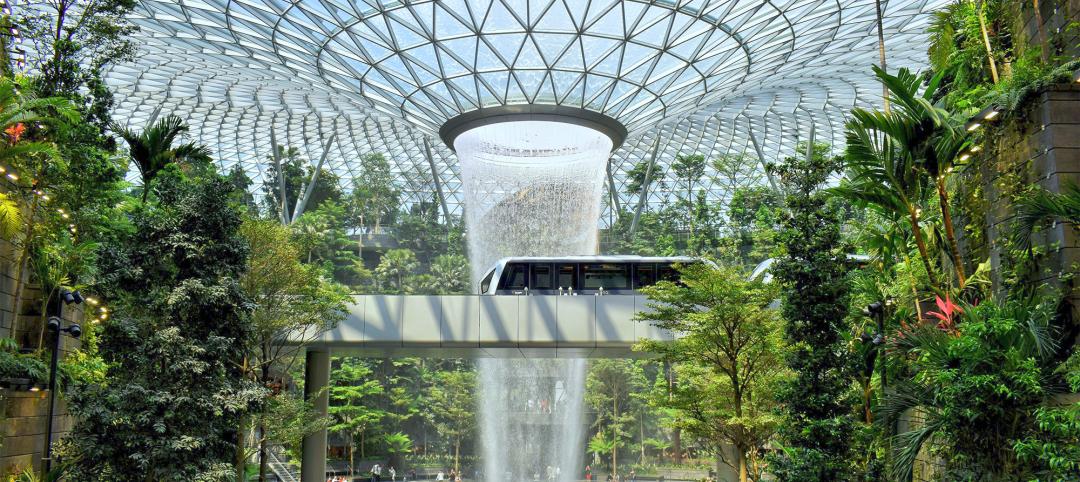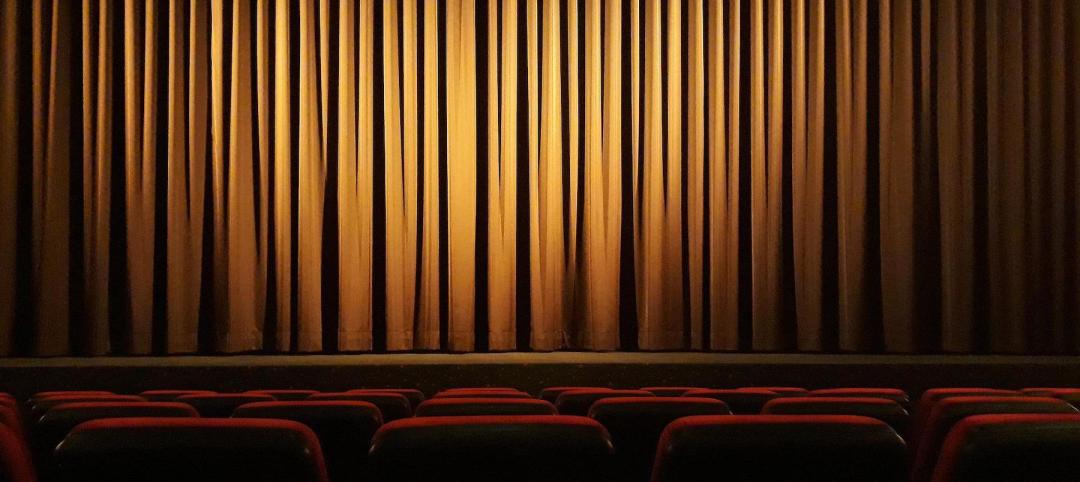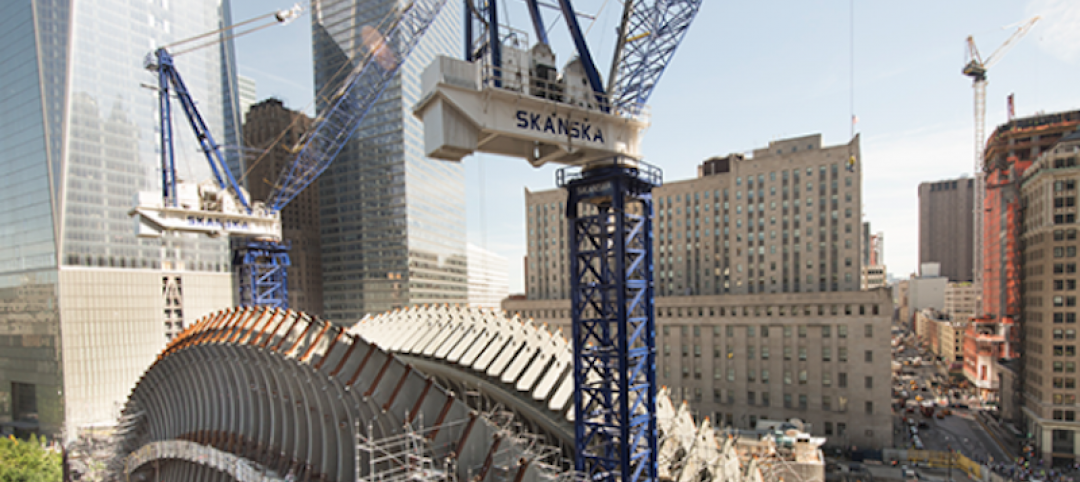To select an architect for our latest Seattle commercial development project – a tower called 2&U – we thought about what we really needed in our design partner, and how we could best uncover those qualities.
We knew we didn’t want to approach this procurement the way our industry traditionally does it: using a process based on RFQs and RFPs that demands significant time and resources from everyone involved with first creating, then submitting, and finally reading all the proposals.
Even more, we didn’t believe the traditional non-collaborative approach would yield what we needed. RFQs and RFPs highlight the effectiveness of a firm’s ability to work in isolation without its client. For 2&U, we needed an architect skilled at design and highly adept at handling input from the client and marketplace, to be done while addressing the constant changes inherent to urban development.
With that goal in mind, we didn’t have to look very far. Seattle’s tech community is incredibly collaborative, and it constantly embraces innovative ways to achieve high levels of collaboration to solve problems: the hackathon is one such method. What’s a hackathon? Typically, hackathons bring tech developers together to “hack” a piece of code or software to make it better. While our Seattle office was undergoing renovations this last summer, our team temporarily worked off-site in a co-working lab.
One Saturday afternoon, I stopped in to pick up items I’d left and discovered a full-scale hackathon instigated by some of our tech neighbors. I wanted to harness the same level of energy and creativity to develop a new path of collaboration for creating buildings that shape our city. Our entire team embraced this idea and extended it further.
Here’s how we hosted the hackathon:
Step 1: We issued an RFC – a Request for Conversation – inviting nine internationally recognized design firms for 60-minute conversations. We didn’t want thick volumes of resumes and past experiences. Rather, we just wanted to get a feel if the firms were interested in our project, had passion for the work and if we would enjoy working together with them. After those conversations, it was very clear what two firms we would engage in the design hackathon itself.
Step 2: We crafted a hackathon introduction and invitation. The invitation provided further details of the project, timeline and some expectations. Beyond the basics, we also provided a creative brief that highlighted our vision for 2&U, and that shared photos of memorable spaces, shapes and textures from around the world to inspire the 2&U design.
Step 3: Our hackathon was an intense three-week event focused on testing the teams’ abilities to work with us, and dealing with change toward finding the best solutions. We even supplied the teams with Red Bull energy drink, should they find themselves pulling late nights. The process required several check-ins, and the best team fully utilized this feedback. Partway through the process, we altered the scope a bit by excluding a lot in our project, which was likely to happen during the city’s zoning process.
The results of our hackathon were remarkable: We believe this process was efficient for all involved, and it directed us to the most dynamic firm. In the end, we chose Pickard Chilton of New Haven, Conn., to be the architect of 2&U.
Our strongest learning in utilizing the hackathon was that often our traditional processes might not yield the best results. We saw one firm have tremendous energy for the interview, but run into design fatigue during the hackathon. Further, we learned that by seeing our partners as customers and inspiring them to do good work, we can truly run faster as a high-performance team.
Some might say the tech industries are too different from ours to offer any relevant learnings. We remain open and curious about our customers, and believe there is much to gain in the means and methods.
About the Author: Lisa Picard is an Executive Vice President with Skanska USA. She focuses on the conceptualization, design, financing, and management of large-scale development opportunities with a particular emphasis on sustainable projects. She also provides oversight on acquisitions. Lisa has more than 18 years of experience in the development of large real estate projects, including office, residential, mixed-use, hotel and resort developments with a combined value in excess of $1.2 billion.
More from Author
Skanska | Sep 26, 2024
5 lessons in water mitigation for mass timber projects
Sustainability leaders from Skanska, RDH, and Polygon share five tips for successful water mitigation in mass timber construction.
Skanska | May 6, 2024
The benefits of biophilic design in the built environment
Biophilic design in the built environment supports the health and wellbeing of individuals, as they spend most of their time indoors.
Skanska | Dec 4, 2023
4 key innovations and construction trends across airport design
Here are some of the key trends Skanska is seeing in the aviation sector, from congestion solutions to sustainability.
Skanska | Jun 29, 2023
K-12 school construction: 5 ways strong community relations can lead to success
When constructing a K-12 school, building positive relationships with the community—including students, parents, school staff and residents—is critical to the success of the project. Here are five ways Skanska puts the community first when building K-12 schools in the Pacific Northwest.
Skanska | Mar 14, 2023
Skanska tests robots to keep construction sites clean
What if we could increase consistency and efficiency with housekeeping by automating this process with a robot? Introducing: Spot.
Skanska | Jan 27, 2023
Key takeaways from Autodesk University 2022
Autodesk laid out its long-term vision to drive digital collaboration through cloud-based solutions and emphasized the importance of connecting people, processes and data.
Skanska | Dec 5, 2022
5 ways sustainability professionals can help reduce construction's carbon footprint
Mark Chen, Sustainability Manager at Skanska, has found five specific ways to help the construction industry reduce its carbon footprint.
Skanska | Jul 5, 2022
Tour the new Patricia Reser Center for the Arts in Oregon
This month, the community of Beaverton, Oregon, welcomed a new haven for artistic expression with the opening of Patricia Reser Center for the Arts (The Reser).
Skanska | Jun 22, 2018
What owners should know before choosing the design-build project delivery method
Outside of drawing up a well-written contract, owners often overlook a key attribute that can significantly impact the success of a design-build project, writes Skanska’s Julie Hyson.
Skanska | Dec 7, 2017
Busting the myths: What the “S-word” can mean for construction and development
Sustainability, it’s a trendy term. The problem, however, is that it’s being used in so many different ways that people don’t even know what it means anymore.

